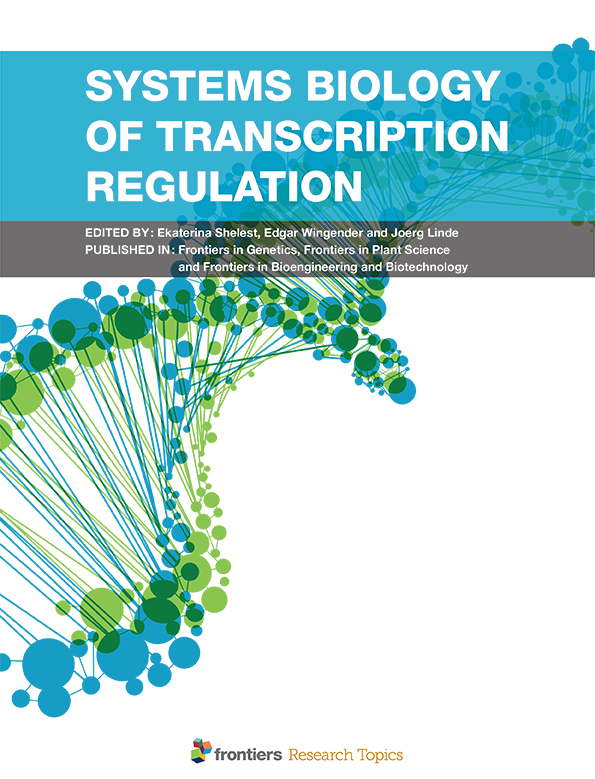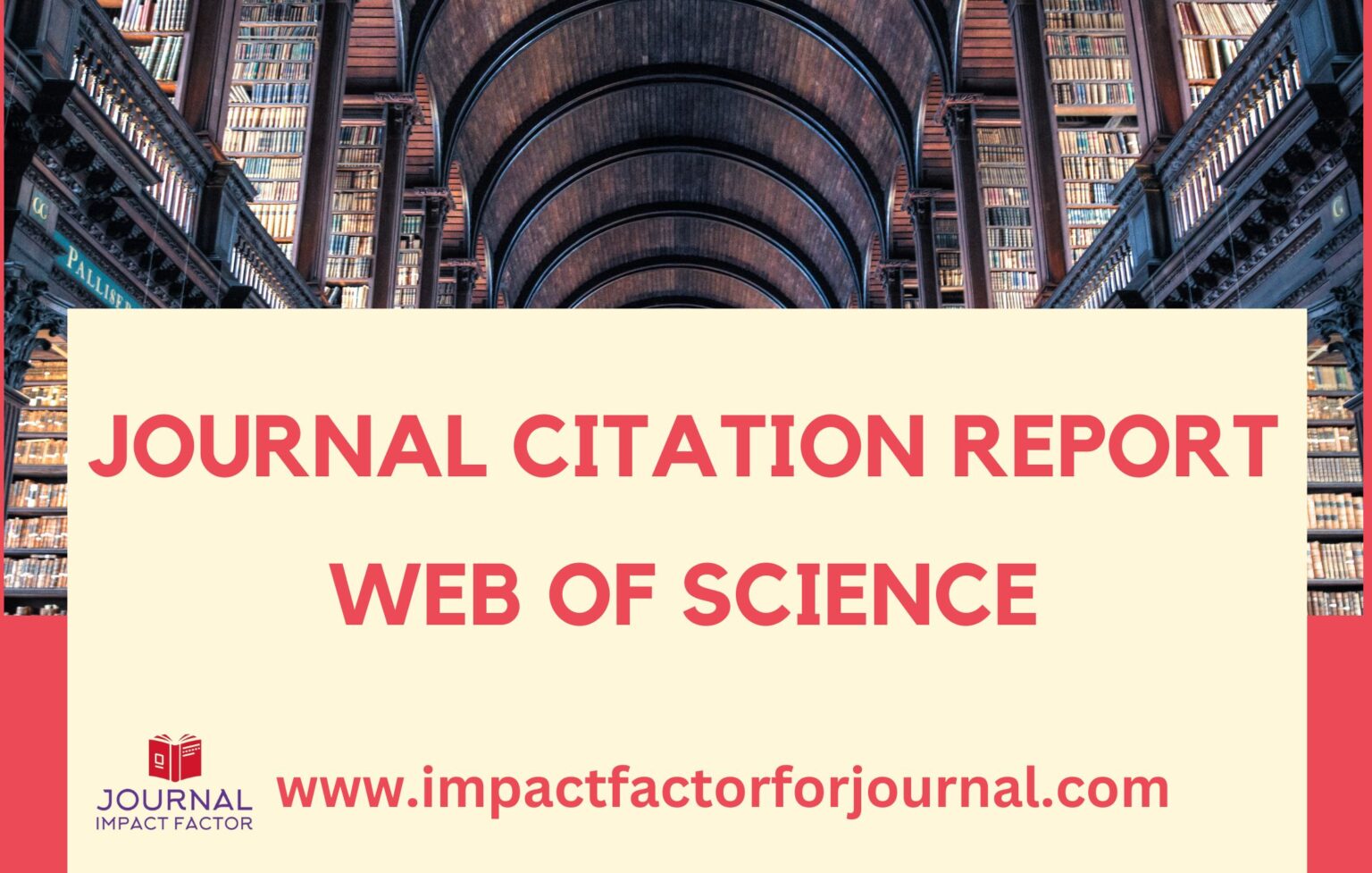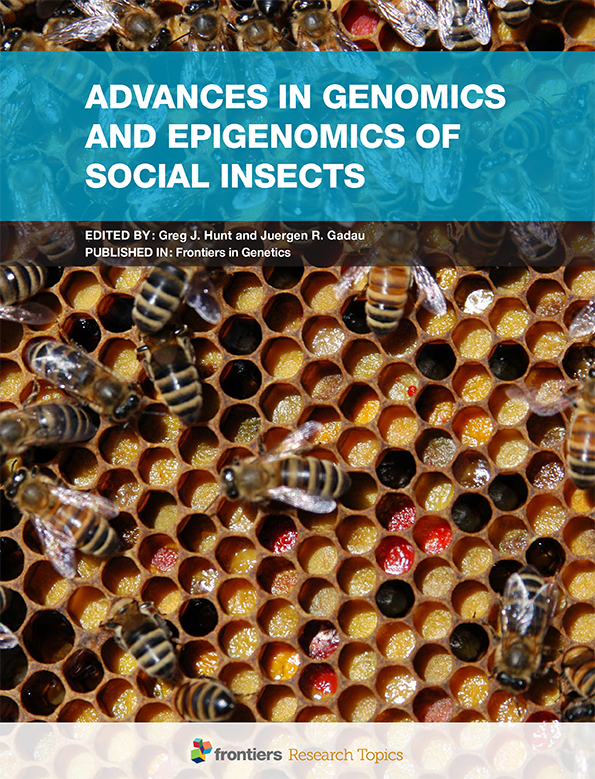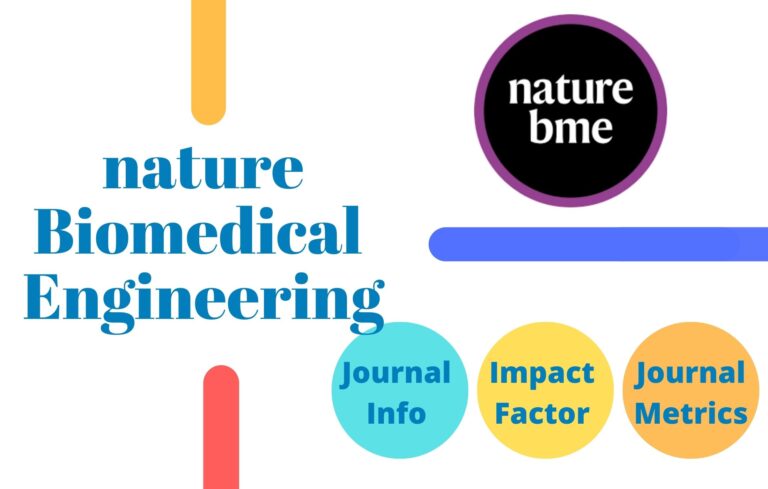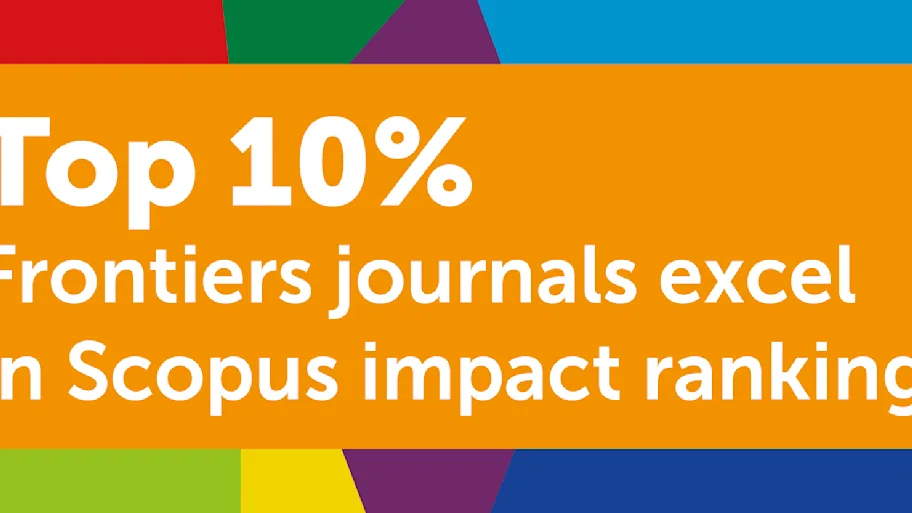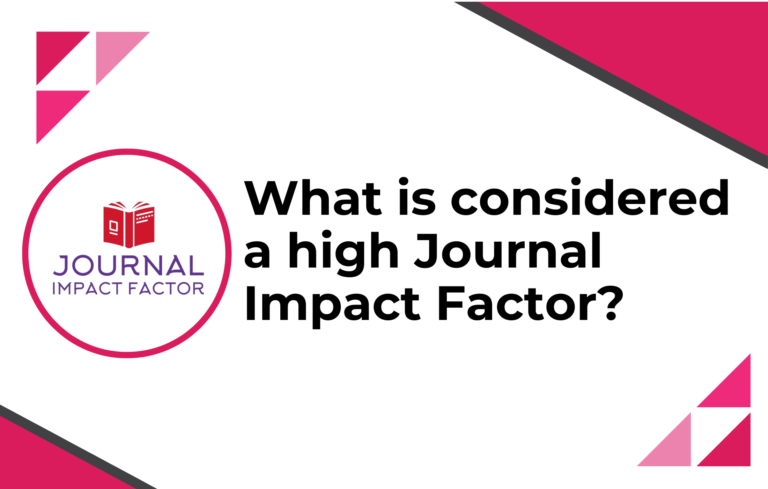Frontiers In Genetics Journal Impact Factor
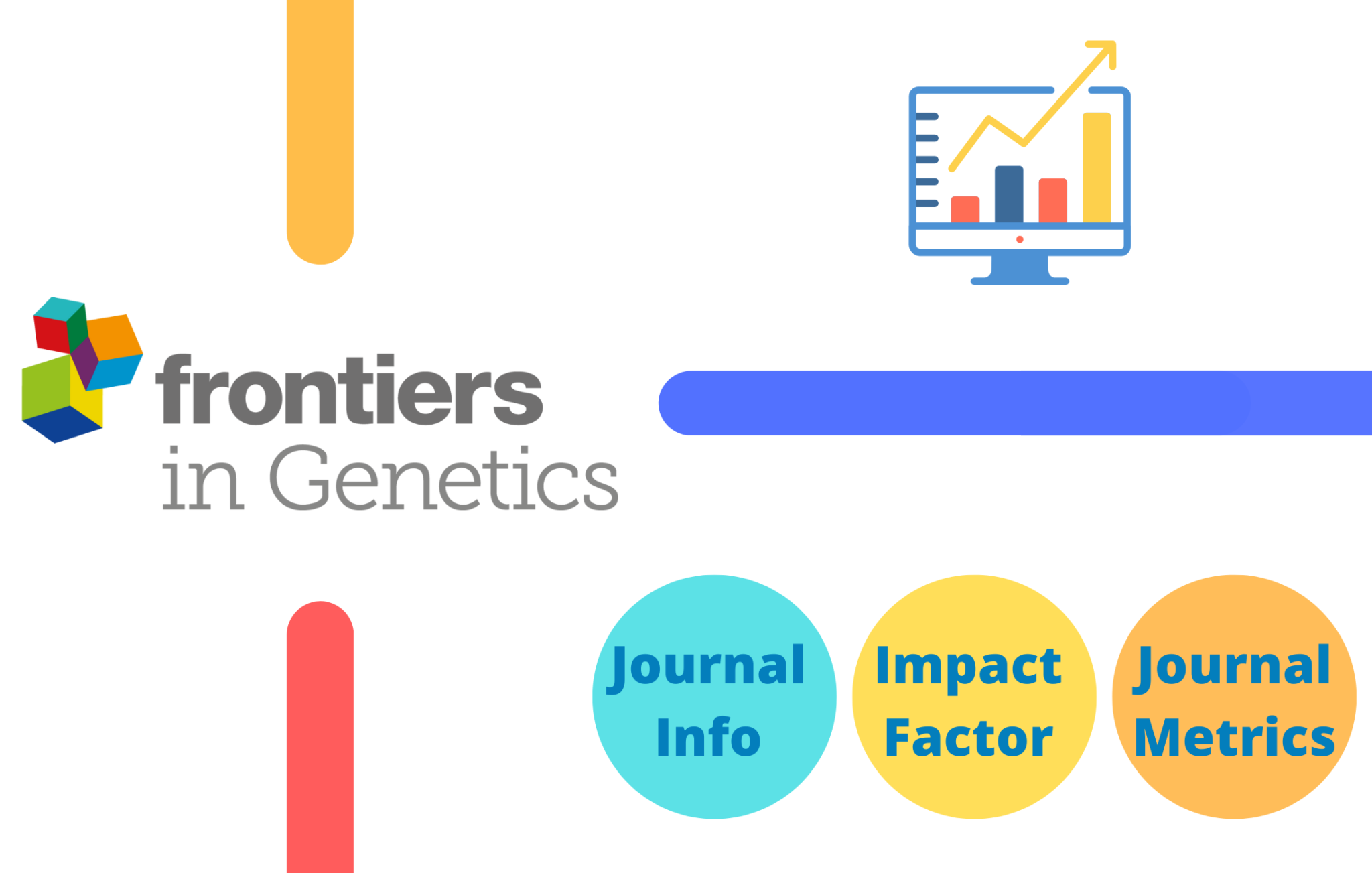
The annual release of Journal Citation Reports (JCR) brought with it renewed scrutiny of journal impact factors (JIF), including that of Frontiers in Genetics. The impact factor, a metric used to assess the relative importance of a journal within its field, remains a key benchmark for researchers and institutions alike. The recent JCR release has prompted discussions within the scientific community about the journal's standing and its influence on the dissemination of genetic research.
Frontiers in Genetics, a prominent open-access journal, publishes a wide range of research spanning various aspects of genetics. Its impact factor is closely watched by authors seeking publication venues, libraries managing subscription portfolios, and institutions evaluating research output. Understanding the nuances of its JIF is crucial for informed decision-making within the scientific ecosystem.
What is the Journal Impact Factor?
The journal impact factor (JIF) is a measure reflecting the average number of citations to recent articles published in a particular journal. It's calculated by dividing the number of citations in the current year to articles published in the journal in the previous two years by the total number of "citable items" published in that journal during the same two-year period. The JIF is published annually by Clarivate Analytics in its Journal Citation Reports (JCR).
While widely used, the JIF is also a subject of debate, with criticisms focusing on its potential for manipulation, its field-specific variations, and its limited scope in capturing the overall quality of research. Alternative metrics, such as CiteScore (from Elsevier's Scopus database) and article-level metrics, are increasingly considered alongside the JIF to provide a more comprehensive assessment of research impact.
Frontiers in Genetics: Recent Impact Factor
The recently released JCR included the latest impact factor for Frontiers in Genetics. Although the specific number may fluctuate year to year, a stable or increasing JIF generally indicates a continued relevance and influence of the journal within its field. Researchers and institutions use this information to gauge the potential visibility and impact of publishing in Frontiers in Genetics.
The exact impact factor figure and its comparison to previous years can be found in the latest JCR. Contextualizing this number within the broader landscape of genetics journals is crucial. A high impact factor, relative to other journals in the field, suggests a higher average citation rate for articles published in Frontiers in Genetics.
Significance and Implications
The impact factor of Frontiers in Genetics has several implications. For researchers, it influences decisions regarding where to submit their research findings. Institutions often use JIF data to evaluate the performance of their researchers and departments.
For the journal itself, a strong impact factor can attract higher quality submissions and enhance its reputation within the scientific community. Maintaining a respectable JIF requires a rigorous peer-review process, a focus on publishing high-impact research, and effective promotion of published articles. The journal's commitment to open access also plays a role in its visibility and citation rates.
Broader Context of Scientific Publishing
The discussion surrounding Frontiers in Genetics's impact factor highlights broader trends in scientific publishing. Open access models, pre-print servers, and alternative metrics are all reshaping how research is disseminated and evaluated. The increasing emphasis on open science aims to make research more accessible and transparent, potentially influencing citation patterns and impact factor calculations.
The scientific community continues to grapple with the limitations of traditional metrics like the JIF. The search for more holistic and nuanced ways to assess research impact is ongoing. Responsible use of metrics and a critical evaluation of their limitations are essential for fostering a healthy and equitable research environment.
Looking Ahead
As the landscape of scientific publishing evolves, the impact factor will likely remain a relevant, albeit imperfect, measure of journal influence. The future will likely see increased adoption of alternative metrics and a greater emphasis on article-level impact. Frontiers in Genetics, like other journals, will need to adapt to these changes and continue to prioritize the publication of high-quality, impactful research.
The scientific community is encouraged to critically assess the JIF alongside other measures of research impact. This helps to promote a more comprehensive and nuanced understanding of the value and influence of scientific publications. This includes assessing the quality of the research, its impact on the field, and its contribution to society.
